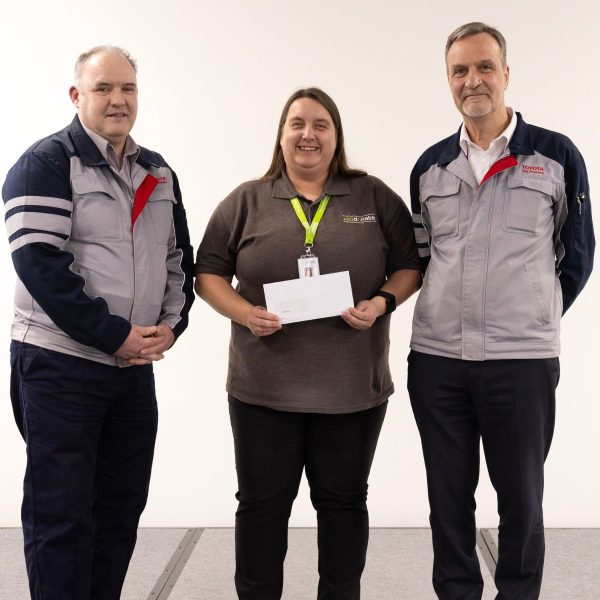On this page: DeFib Finder | What is the circuit? | Arranging Training
Where is my nearest defibrillator?
Find your nearest defibrillator with Defib Finder. You can find your nearest registered defibrillator using Defib Finder, a web application.
The Circuit data is used by Defib Finder to locate defibrillators across the country.
By entering your location or postcode, you can easily locate the nearest defibrillator. Early CPR and defibrillation can double a person’s chances of surviving an out-of-hospital cardiac arrest. In too many cases, the location of a defibrillator is not known when it is needed most.
Please click on the defibrillator icon for more information, including availability, access information, and directions.
Defib Finder displays all registered defibrillators. In order to ensure that your defibrillator is easily found, you must register it with The Circuit.
Please note: Defib Finder is used to locate defibrillators but is not intended for use in an emergency. In case of an emergency, please dial 999 immediately, and the operator will direct you to the nearest defibrillator.
To find your nearest defibrillator, visit: www.defibfinder.uk
Funding is available to assist the installation of a defibrillator into your community
Sudden cardiac arrest can happen to anyone, anywhere, at any time. Having more accessible defibrillators in public places increases the chances of immediate response when someone experiences cardiac arrest. Quick access to an AED significantly improves the chances of survival.

What is The Circuit?
The Circuit is the national defibrillator network, which maps defibrillators throughout the United Kingdom, and connects them directly and automatically to the respective ambulance services.
Why should you register your defibrillator?
The UK has an estimated 100,000 defibrillators, but tens of thousands of them are not known to ambulance services. Defibrillators that are not registered on The Circuit cannot be found by ambulance services when they are most needed. According to the British Heart Foundation, only a small fraction of out-of-hospital cardiac arrests currently use defibrillators.
Registering your defibrillator today, will increase the chances of your device saving a life. Please contact us if you need assistance registering your defibrillator with The Circuit.
Apply for funding towards your new defibrillator
Apply Here
I need to arrange defibrillator training – how do I do this?
The most important thing is to perform CPR if someone is unresponsive. You can find some CPR training videos here: CPR Training videos.
If you’re on your own, don’t stop performing CPR to go and get a defibrillator. If it’s possible, send someone else to find one. When you call 999, the operator can tell you if there’s a public access defibrillator nearby.
The online course is free and will equip you with everything you need to know about Automated External Defibrillator’s (AED’s) and is provided by Cardiac Science. Anyone can take this course to learn more about the use of an AED and the role of defibrillation in cardiac arrest management.Simply work your way through the online AED course by clicking here. You will need to create a profile (register) and login if you haven’t already done so.
You do not need training to use a defibrillator. Although AED’s can vary, they all function in broadly the same way. Once you turn the defibrillator on, it will tell you what to do. The device gives clear, spoken instructions and will not deliver a shock unless it is needed.If you would like to have a look at how to use a device, we have a video available here: How to use a defibrillator.









